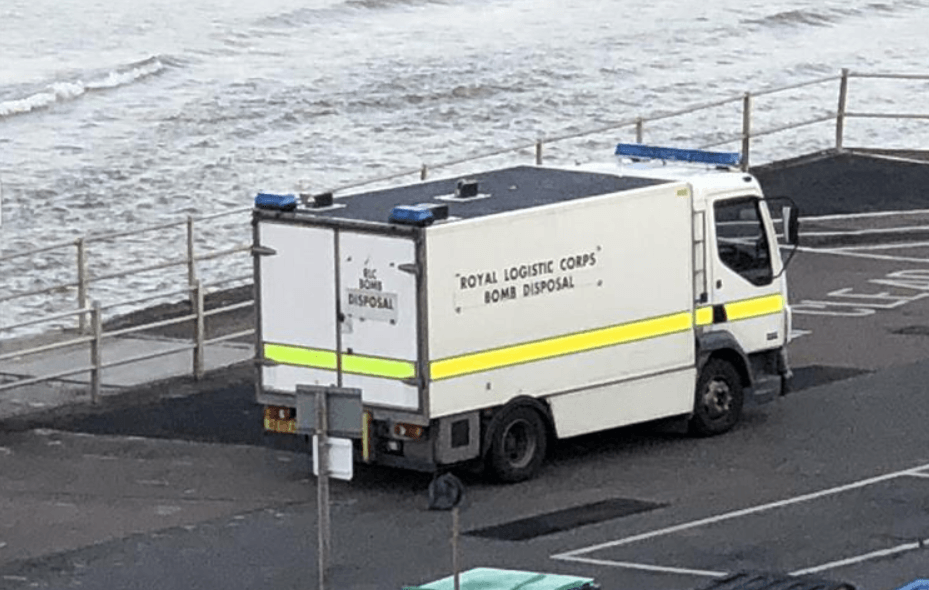Wartime grenade washes up on Broadstairs beach in Kent
A Royal Logistics Core bomb disposal team was called to Broadstairs beach yesterday to deal with a British wartime grenade.
The item of unexploded ordnance (UXO) was subsequently destroyed in a controlled explosion.

Kent – one of the most heavily UXO contaminated British counties
Kent was heavily defended during WWII. This was mainly due to its location, just 20 miles from Nazi occupied France. Its coastline bristled with fortifications during the early 1940s and its garrison force numbered in the tens of thousands.
This never before seen coastal concentration of British military might have inevitably resulted in lost or discarded ammunition. Consequently, incidents such as this British grenade find are relatively common.
In addition, the sea frequently deposits marine UXO (naval mines, naval shells, etc) on beaches all around the world, creating a unique mixed UXO hazard at such localities.
Should the public be concerned about such incidents?
Yes and no. Any item of UXO still containing explosives poses a hazard if mishandled. Even ammunition submerged under water for decades retains the potential to explode.
However, unexploded wartime relics require an impact to explode. The public are safe providing UXO is not tampered with prior to the arrival of bomb disposal personnel.
Mitigating UXO Risks in Coastal Areas
We would always recommend that a Detailed UXO Risk Assessment should be carried out prior to construction works in coastal locations. Especially Britain’s southern and eastern coastlines.
At Brimstone, we never use automated systems to generate our risk assessments, instead we rely on primary and secondary historical sources and expert evaluation to keep your projects moving along. Reach out to our team today if you require a UXO risk assessment on your site.
Keep up to date with Brimstone UXO by following us on Facebook, Instagram, Twitter, LinkedIn and YouTube.